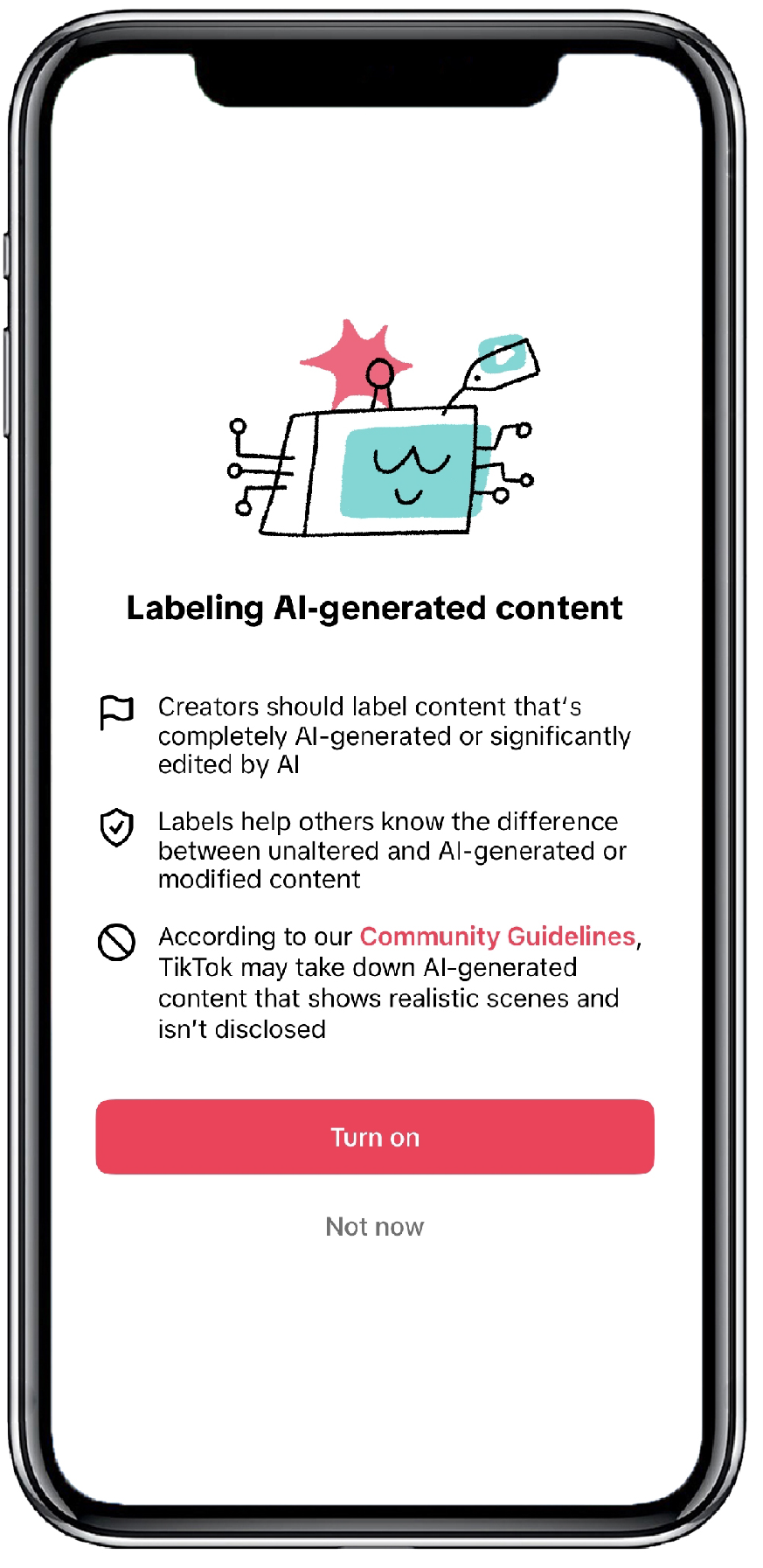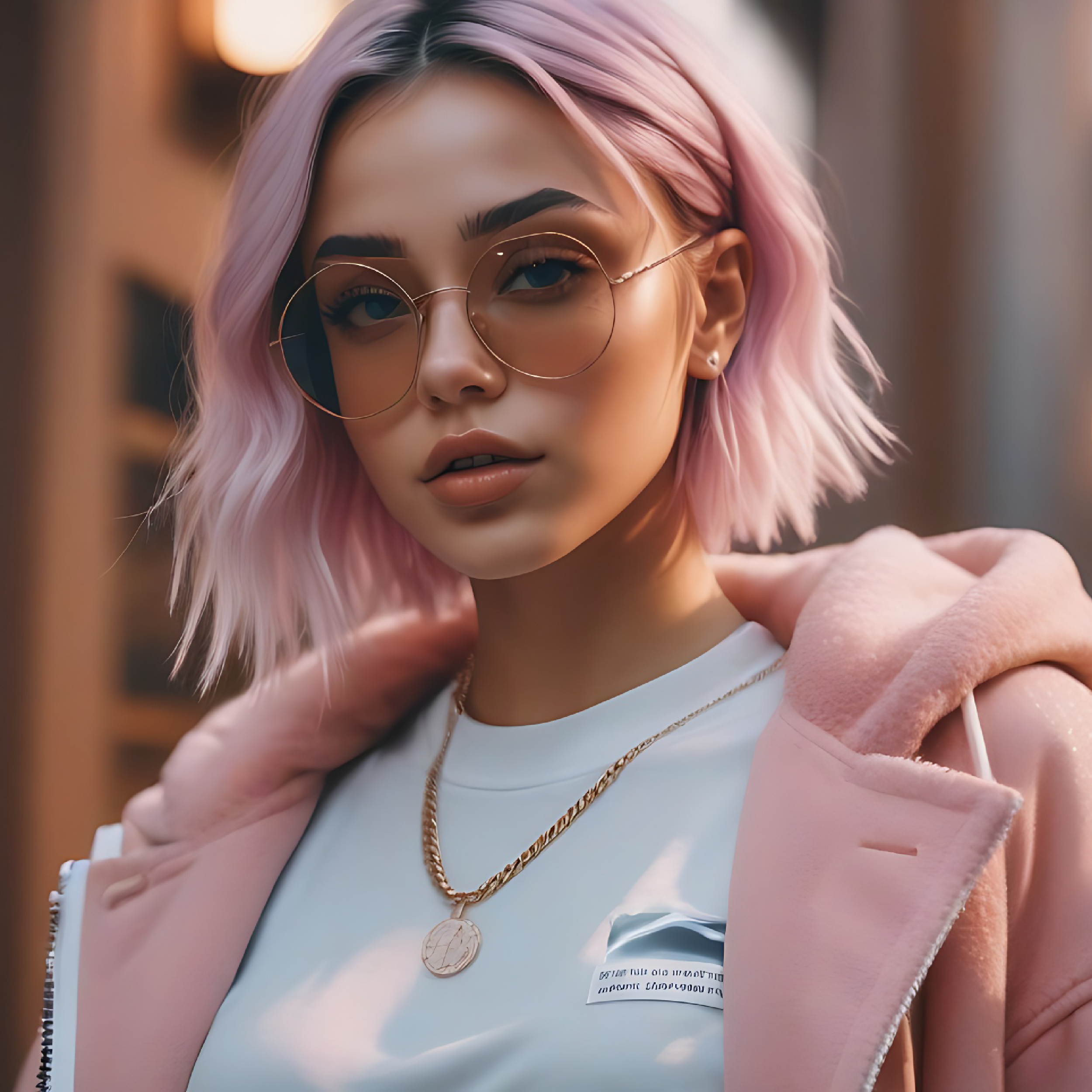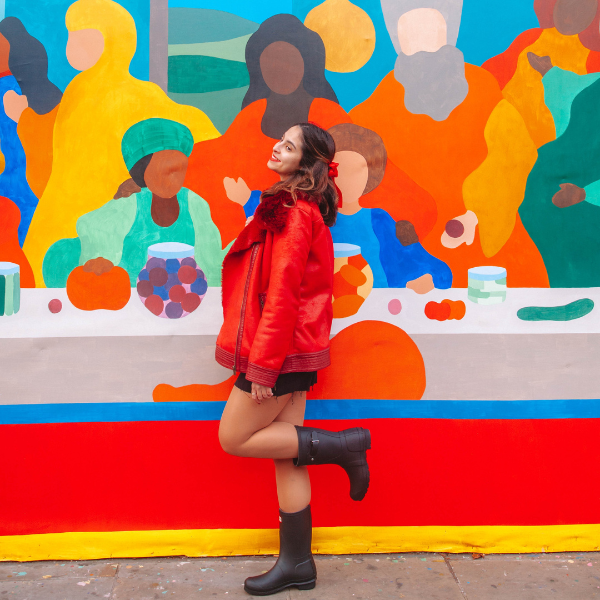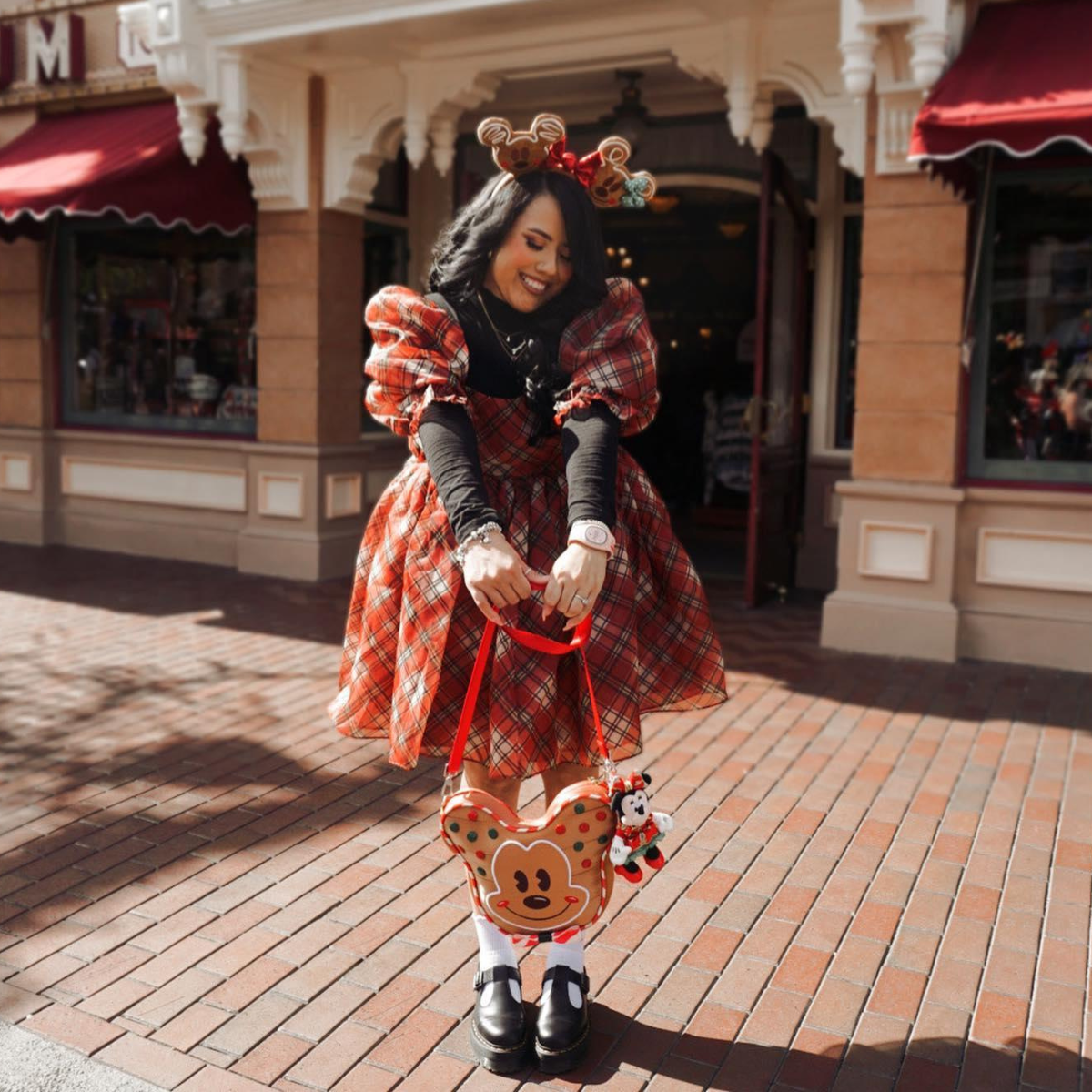Artificial intelligence (AI) has come a long way since its not-so-distant origins, sneaking into our daily lives and shaking up the content creation game. This fast-paced progress challenges the norm, making us rethink the dance between humanity, tech, and the stories we tell. Buckle up as we plunge into the world of AI-generated content, understanding its implications for brands and deciphering the shifting dynamics of modern storytelling. We’ll focus specifically on YouTube and TikTok, where recent announcements have ushered in a new era of transparency.
What is AI-generated content and why use it
AI-generated content, whether it’s images, videos, or audio, is the brainchild of deep- or machine-learning processes. From lifelike portrayals to artsy vibes like painting, cartoons, or anime, AI opens doors for killer creativity. Now, what is driving brands and creators to ride the AI wave? The advantages of AI-generated content are diverse and compelling:
The impact of AI in content creation
AI undeniably impacts content creation with advanced algorithms that blur the line between what’s human-made and what’s machine-made. Written articles, audio compositions, video productions – you name it, AI’s got its fingerprints everywhere. This tech leap empowers creators in ways we could barely imagine a few years ago.
But, hold up – there’s a catch. Viewers can easily be confused or misled if they don’t know AI played a role in generating or editing said content. That’s where labeling swoops in to give audiences a heads-up when AI magic gives content a makeover. AI-generated stuff is all over social platforms, and as creators embrace AI for a creativity boost, it’s time to keep things transparent and legit.
YouTube’s stand on AI content
In response to the growing influence of AI, YouTube is gearing up to address the challenges and seize the opportunities AI brings to the content creation landscape. The platform is set to roll out two crucial policies to foster transparency and responsible use of AI.
First up, creators will be mandated to disclose their use of AI tools, especially when crafting realistic alterations. To ensure viewers are in the loop, labels will be applied in the description, with certain sensitive topics receiving a more prominent on-screen label.


Additionally, YouTube is addressing concerns about AI-generated content that simulates real individuals. Soon, users will have the power to request the removal of such content through the privacy request process. Factors like parody, satire, or the prominence of the individual involved will come into play, and music partners can hop on the removal train for AI-generated music imitating artists’ voices. However, the line between parody and harmful defamation is a maze, making content moderation a bit of a tightrope walk.
YouTube emphasizes its commitment to responsible AI development, combining human reviewers and AI classifiers to enforce community guidelines. Their strategy to stay ahead of challenges relies on continuous improvement and user feedback as key components.
TikTok’s disclosure initiative


With its user-centric approach always in mind, TikTok is already waving the disclosure flag, encouraging creators to label their use of AI. This includes content where primary subjects are doing things they didn’t actually do, saying stuff they never said (thanks to AI voice cloning), or if their appearance has been substantially altered with AI, like face-swapping.
But TikTok is not just leaving it to the creators’ honesty. They’re rolling out a potential game-changer – an “AI-generated” label that might get auto-applied to content detected as AI-created or edited. This label drops below the username, accompanied by a reminder that undisclosed AI use could lead to content removal.
According to TikTok, disclosing AI-generated content is essential to prevent the spread of misleading information, adhere to community guidelines on integrity and authenticity, and follow policies against misinformation or impersonation. The platform prohibits certain types of AI-generated content, even with disclosure. This includes public figures for political or commercial endorsements and private figures, particularly those under 18 years old. TikTok’s got its eyes on keeping it real in the AI content game.
Embracing AI: Shaping a transparent landscape in content creation
By implementing decisive measures to label AI-generated content, social media platforms usher in a responsible era in tech-driven content creation. YouTube’s proactive policies and TikTok’s authenticity commitment shape a transparent landscape for AI use. The balance between AI’s creative potential and the ethical need for transparent content defines this pivotal moment at the crossroads of technology, creativity, and user trust.
As creators embrace the power of AI-generated content, the imperative to inform and engage audiences takes center stage. The future of storytelling intertwines with the nuanced interaction between human creativity and technological innovation.
Ready to redefine your content strategy? Unleash your creativity, elevate your brand, and be part of a community of forward-thinking creators. Stay ahead in the content evolution with Social Native by your side!





















